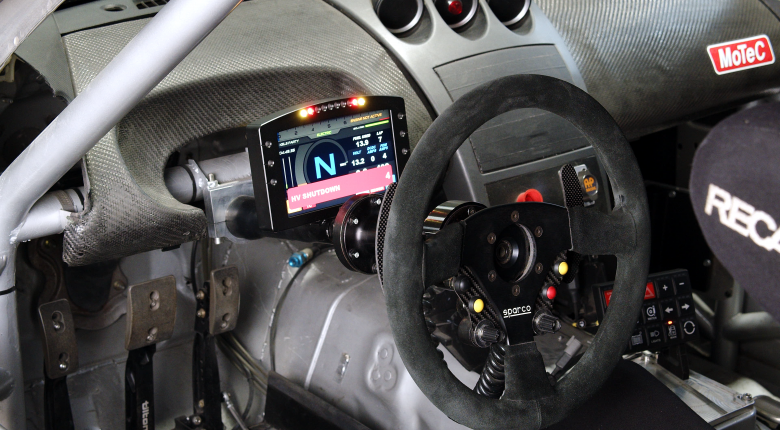One of the hottest topics in the electric vehicle (EV) world is range. While EV range has improved significantly in recent years, it’s still a challenge influenced by various factors—some we can control, some we can't. Here, we'll look at the leading "range killers" that drain EV efficiency, especially for those considering or already working on EV conversions.

Aerodynamics and Friction
In traditional EV designs and conversions alike, minimizing friction and optimizing aerodynamics is essential. Early EV models, like GM’s EV1 from the 90s, showcased this with designs focused on reducing drag. Although technology has advanced, friction from the tyres and aerodynamic drag still play a significant role in limiting range. Large tyres, while appealing, can sap an EV’s efficiency by increasing friction. In fact, swapping out eco-friendly tyres for bigger, grippier ones can increase power demand by 15-25% just to maintain highway speeds. Smooth airflow is crucial, too—a flat underfloor and streamlined wheel channels can reclaim up to 10-20% in range at high speeds.

Drivetrain Design
For EV conversions, one common challenge is drivetrain efficiency. Using an existing OEM transmission setup in a converted EV can create significant energy losses. These systems aren't as optimized for the direct, single-speed setups designed for modern EVs, resulting in friction losses similar to those seen in combustion engines, only with a more pronounced impact on range.

Ancillary Loads
Electric vehicles carry significantly less stored energy compared to internal combustion engines (ICE), which means every additional power draw matters. For instance, running a cabin heater in winter can demand 5-8 kW, increasing energy use by nearly 45% at cruising speeds. In the summer, air conditioning requires 3-6 kW, which can similarly reduce range. These ancillary loads—though essential for comfort—are major considerations for optimizing EV efficiency.

Making Compromises
While a perfect balance is difficult, there are ways to minimize these range killers. Carefully considering tyre choice, incorporating aerodynamic improvements, and managing energy use from cabin systems all help to extend the range. As EV technology continues to evolve, so do the ways we can optimize these factors, pushing EV efficiency forward.
In summary, tyre friction, aerodynamic drag, drivetrain efficiency, and ancillary loads are all critical "range killers" in EVs. Minimizing their impact lets you get the most out of the available battery capacity, a crucial factor whether you're driving a factory-made EV or working on a conversion project.

Conclusion
In summary, tyre friction, aerodynamic drag, drivetrain efficiency, and ancillary loads are all critical "range killers" in EVs. Minimizing their impact lets you get the most out of the available battery capacity, a crucial factor whether you're driving a factory-made EV or working on a conversion project. By understanding and addressing these elements, enthusiasts can make informed decisions to enhance their EV's performance and range.






